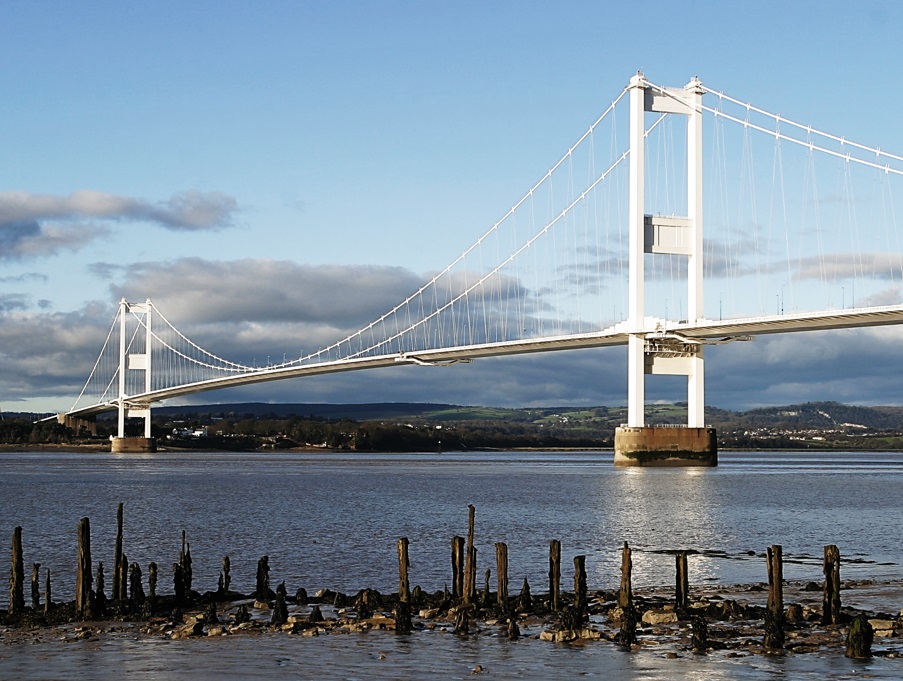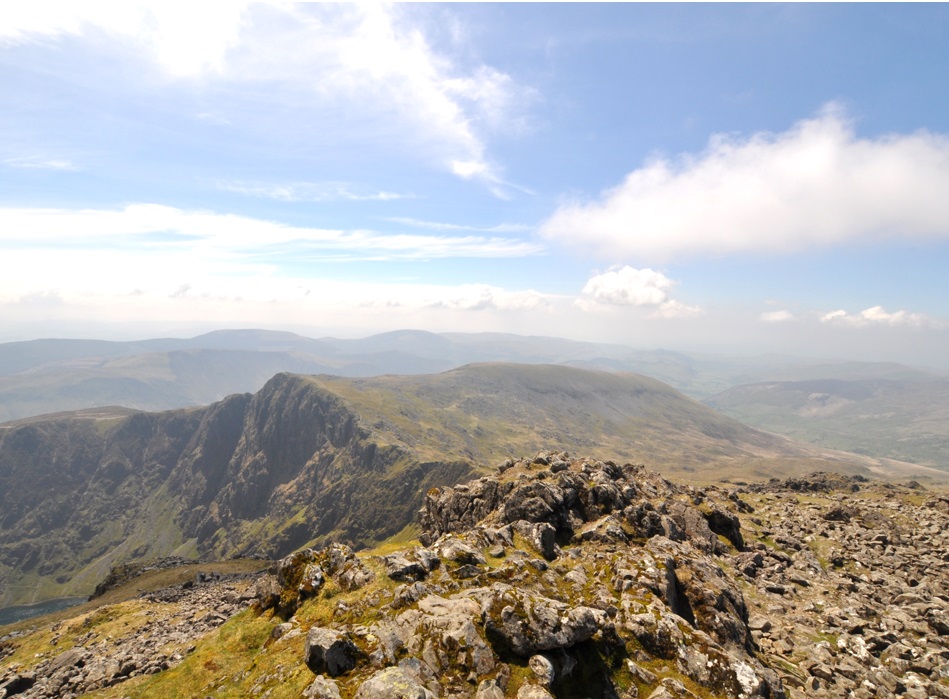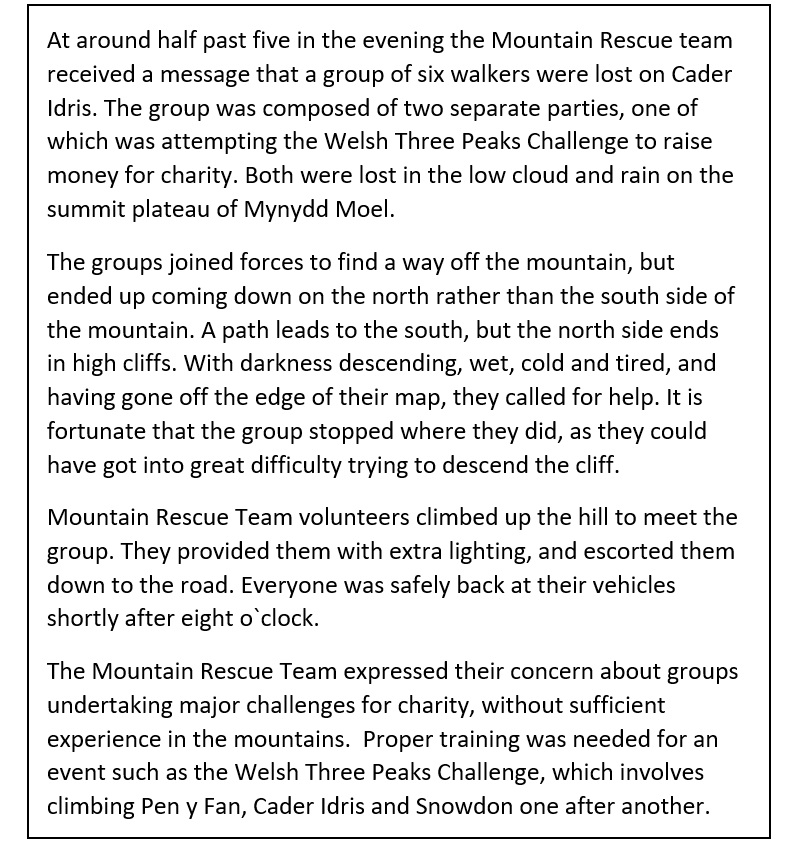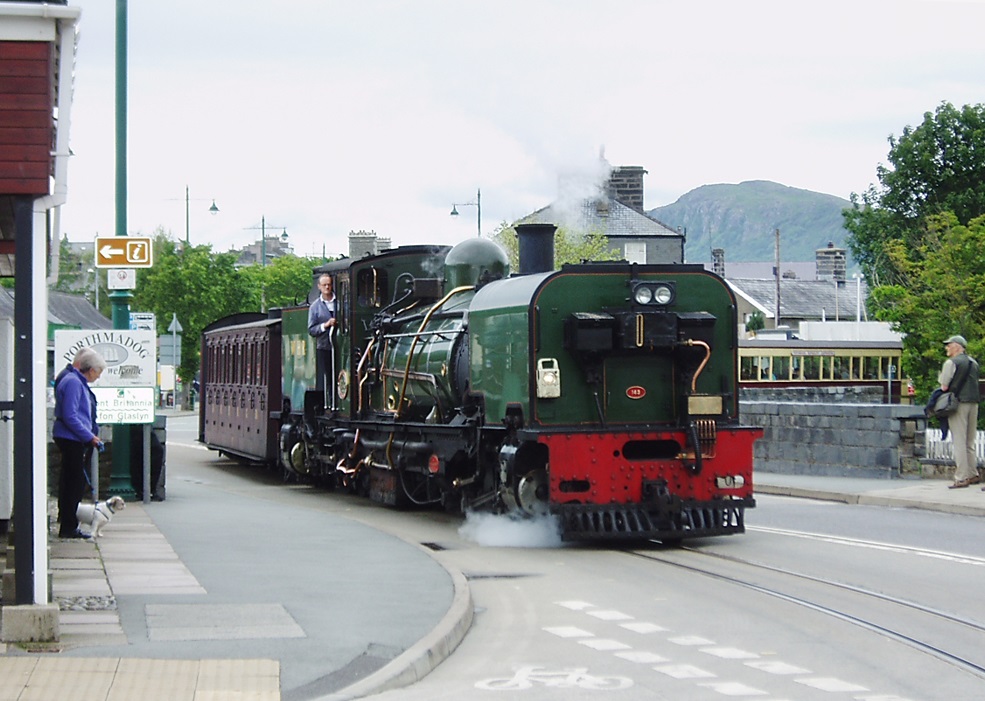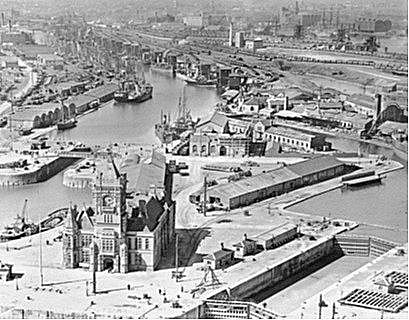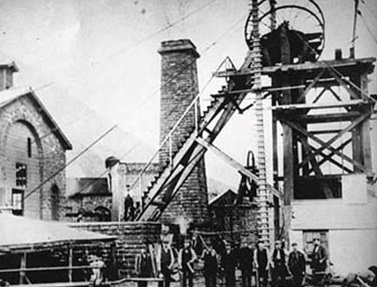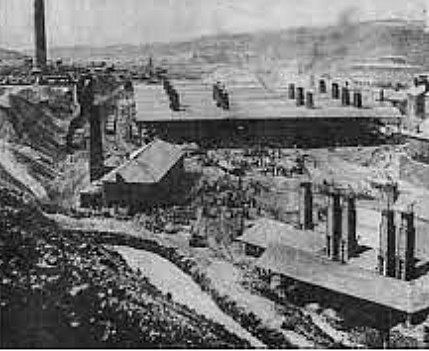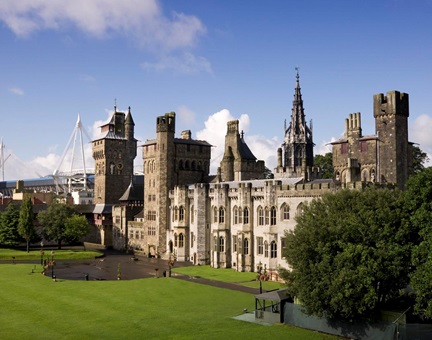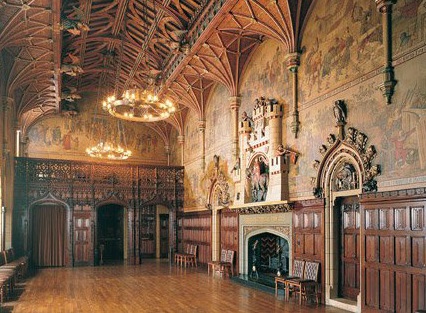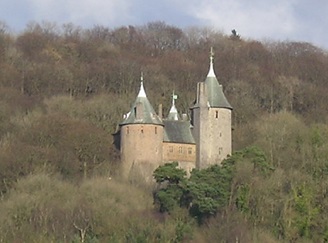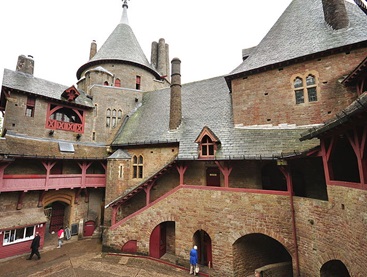Crossing the Severn estuary
The Severn Estuary has been an obstacle for travellers between Wales and England since earliest times.
Roman soldiers crossed the Severn by boat from Aust, near the present Severn Bridge.
In the Middle Ages, the same crossing point was used by the monks of Tintern Abbey.
In the nineteenth century a steam ferry began, and quays were built on both banks.
A railway bridge was built in 1879, followed by the Severn railway tunnel in 1886.
The steam boat service lost its traffic, and the sevice closed.
The Severn railway bridge was a long viaduct with twenty one spans supported on iron cylinders.
The bridge carried trains of iron ore and coal from mines in the Forest of Dean.
The bridge continued to be in use until 1960 when two ships, which were carrying fuel, collided and then struck the bridge, causing an explosion.
Repairs to the bridge would have been too expensive, so it was demolished.
When the Severn Tunnel was built, it was the longest rail tunnel in Britain.
The engineers had huge problems with water flowing into the tunnel from the surrounding rock.
The tunnel still carries the railway from Bristol to South Wales.
Continual pumping is required to keep it dry.
As motor traffic increased, the ferry service was re-opened in 1926.
The small ferries were able to carry about twenty cars.
The huge tidal range affected the ferry timetable.
The boats were unable to operate at low tide or at very high tide.
The ferry closed in 1966 when the first Severn Bridge opened.
This huge suspension bridge carries the motorway.
This was followed by construction of the Second Severn Crossing, also known as the Prince of Wales Bridge.
Until December 2018, drivers had to pay a toll to cross either of the bridges, but tolls are no longer charged.
Translate the sentence:
The Severn Estuary has been an obstacle for travellers between Wales and England since earliest times.
Suggested translation: (a number of alternatives acceptable)
